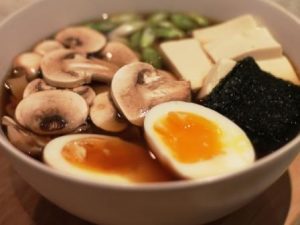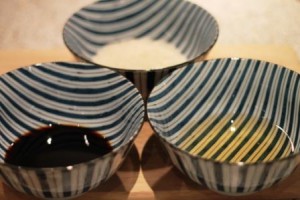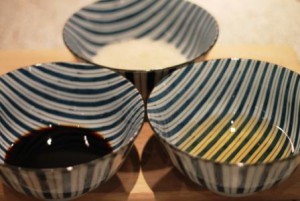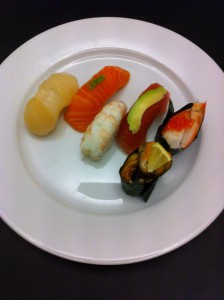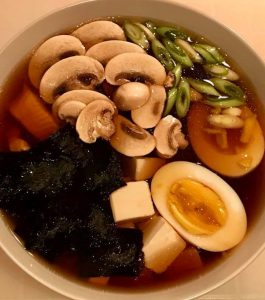
In Japan, noodle soups are eaten all year round. The healthy noodle soups are the Japanese’s favorite fast food on busy days.
In Japan, you will find small noodle bars on most streets they serve homemade noodle soups of various sizes.
Once the food ticket has been pulled into the vending machine, given to the chef and you have found a seat at one of the small tables, than is just to wait. As a rule, no more than 5 minutes pass before a bowl of steaming hot soup is served. A classic Japanese ramen soup contains a little meat, eggs, seaweed, spring onions and mushrooms.
On the table are several different kinds of toppings such as chili oil, chili pepper, pickled ginger, finely chopped fermented red pepper.
Then it’s up to you whether you feel like adding extra topping to the soup in addition to what the chef has added.
Some Japanese choose to eat the soup as it is and, others choose to add the soup a little extra. It’s up to you.
In the Noodle Soup course for beginners, you will learn step by step how to make delicious and tasty noodle soup as it is served in restaurants in Tokyo.
_
Zoë has lectured and held sushi courses for A. P. Moller – Maersk, Hugo Boss Nordic, Novo Nordisk, Novartis, Velux, Gorrissen Federspiel, Beierholm revision, Elbek & Vejrup and many more.

